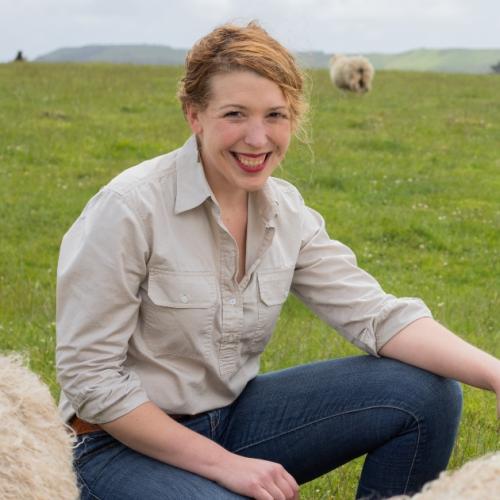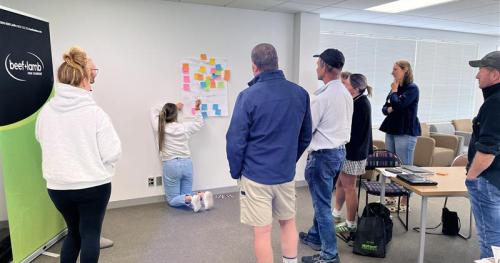Search results
Displaying 231 - 240 results of 897
- Factsheet0800 beeflamb 0800 233 352 wwwbeeflambnzcom farmers farmers recovering from flood fact sheet 2 17 september 2017 fact sheet help you prioritise tasks during immediate aftermath flood also provides …
- Resource bookfarm plan environment module integrating native biodiversity resources made possible sheep beef farmer investment industry beef lamb new zealand liable any damage suffered result reliance information …
- Our Focus Groups and Farmer Innovation Groups are small, topic-driven learning groups designed to empower farmers through shared experience and expert …
- Resource book… offfarm increasing lambing percentage early weaning delaying weaning changing starting mean date lambing …
- Factsheet0800 beeflamb 0800 233 352 wwwbeeflambnzcom farmers farmers metabolic disease ewes metabolic disease can cause significant amount ewe wastage key prevention through adequate nutrition summary …
- Factsheet0800 beeflamb 0800 233 352 wwwbeeflambnzcom farmers farmers controlling californian thistle weed management all about slowing stopping invasion continue military analogy first step winning battle …
- PodcastAt the age of 10, Hannah knew she wanted to work with food, and a few years on she is doing exactly that. Little did she know that moving to London and beginning her butchery apprenticeship would …

- NewsB+LNZ Focus Groups, a new small group learning initiative, is rolling out across the country. Four groups in the Wairarapa and Tararua area recently met to kick off their financial management …

- Factsheetlearn more about sheep beef sector how excel your career visit beef lambnz com sheep beef career pathways created collaboration muka tangata workforce development council entry pathways skip directly …
- Factsheetwwwbeeflambnzcom 0800 beef lamb 0800 233 352 farmers farmers 37 6 2 0 25 factsheet definition addition employees base salary set out employment agreement employer now wishes offer employee …